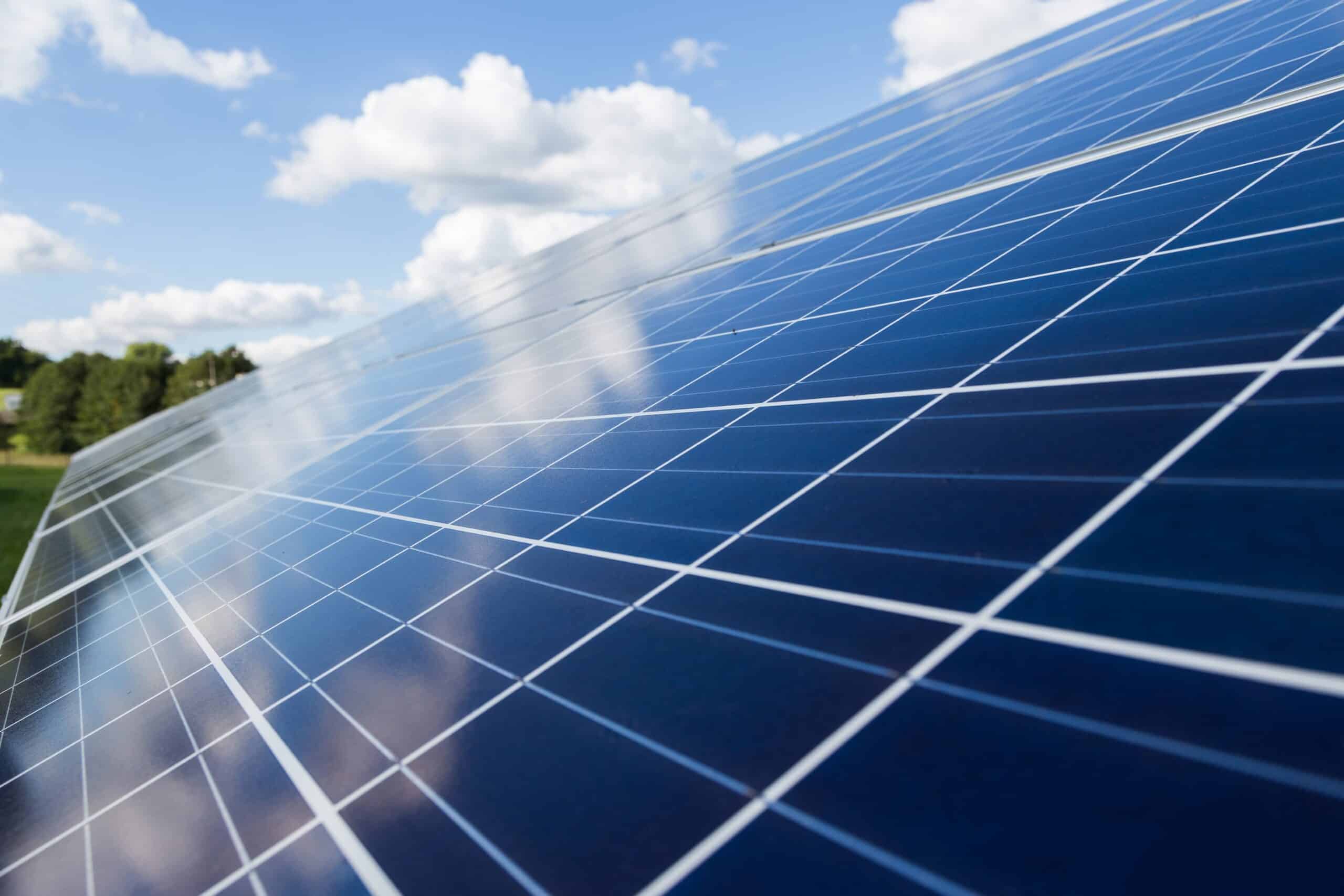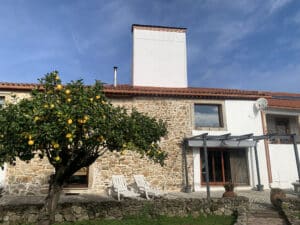As the demand for renewable energy solutions continues to rise, homeowners are increasingly turning to photovoltaic (solar) systems to reduce their energy bills and embrace sustainable living. A primary concern when considering a photovoltaic system is the return on investment (ROI). But what does ROI mean, and why is it important to consider when making this type of investment?
ROI is a measure that indicates how long it will take to recover the initial investment through the savings achieved by not purchasing electricity from the grid. For those opting for off-grid systems, ROI shows when the return on investment would be realized if the home were connected to the grid instead.
A common misconception is that being connected to the grid is undesirable; however, in many cases, the grid serves as a reliable backup. We have yet to reach a point where purchasing “grid storage” is affordable, as has become normal in some other countries. This raises concerns, such as: What if I don’t reach the ROI, and my equipment fails before then? What if my warranty expires before I have realized that return?
To ensure a quick return on investment (ROI), the installed photovoltaic system must align closely with our actual energy needs and daily routines. Selecting equipment that matches your consumption habits and seamlessly integrates into your lifestyle is crucial. This alignment maximizes both efficiency and the financial benefits of the system.
Many people still believe that photovoltaic systems with integrated batteries are too expensive and that achieving ROI within the warranty period is unlikely. However, batteries are becoming increasingly accessible and appealing for solar systems. With advancements in technology, batteries have become more affordable and often come with longer warranties, making them an attractive option for those looking to achieve greater energy independence and control over their consumption.
When considering photovoltaic systems, one of the primary concerns is the cost and warranty coverage of the equipment, especially for solar panels, inverters, and batteries. Many solar panels available today offer warranties of up to 25 years that cover both production and manufacturing. Inverters typically come with warranties ranging from 10 to 15 years, providing increased reliability and peace of mind. Batteries, once regarded as a significant additional expense, are now being developed with cutting-edge technology and warranties that are increasingly comparable to those of panels and inverters. This evolution makes them a more practical and appealing long-term investment.
As technology continues to improve and the cost of equipment decreases, photovoltaic solutions, including batteries, are becoming more accessible and providing faster ROI. The key is to carefully select the right system, ensuring that it meets your energy needs, and that the warranty terms align with your expectations.
Another important aspect to consider is that a photovoltaic system can be easily integrated with standard home insurance policies. This means that if something goes wrong—such as damage from a storm or natural disaster—you can file a claim to ensure your system is covered. Proper maintenance and the use of high-quality, reliable components are essential for the system to operate efficiently and contribute to achieving a positive return on investment (ROI). It’s important to factor in maintenance costs when calculating ROI so you have a clear understanding of when the return will be realized.
Additionally, the ROI may decrease over time due to significant increases in electricity tariffs. While fluctuations in electricity prices can be concerning, the general trend across many sectors is for prices to continue rising. Currently, the average price of electricity per kilowatt-hour (kWh) in Portugal is approximately €0.1666, reflecting the ongoing increase in energy costs. Furthermore, network access tariffs can fluctuate significantly based on infrastructure developments and government tariff policies.
With these price variations in mind, it’s evident that installing a photovoltaic system can be a highly advantageous long-term solution for reducing energy costs. Let’s consider a practical example: if a customer installs a 4 kW photovoltaic system in the Faro region, the expected annual production for this area is 7,541 kWh, with an anticipated annual loss of 7%. If the customer can utilize 70% of the generated energy (which amounts to 5,278 kWh), at an average electricity cost of €0.16 per kWh, they would save approximately €844.59 per year.
If the system costs around €3,600, the ROI would be achieved in just over four years, after which the customer would continue to benefit from the equipment’s warranty for many more years. This calculation does not even take into account potential increases in electricity tariffs, which could further shorten the ROI period.
Calculating the potential savings and return on investment (ROI) for photovoltaic (solar) systems is now easier than ever thanks to online tools. These platforms allow homeowners to input their specific energy needs, helping them evaluate their night-time (off-peak) consumption to determine if batteries are a viable option. Additionally, by analyzing their daytime consumption, homeowners can gain a clearer understanding of their daily energy costs. This enables informed decisions regarding photovoltaic systems, ensuring they select solutions that provide the best financial and environmental benefits.
It is important to dispel the myth that photovoltaic systems are prohibitively expensive and yield minimal benefits, or that ROI cannot be achieved within a reasonable timeframe. As technology advances and prices decrease, solar systems, including battery options, are becoming more accessible and delivering quicker returns on investment. When contemplating the installation of a photovoltaic system, it’s crucial to look beyond initial costs and consider long-term advantages, such as energy savings, increased property values, and positive environmental impacts. With the right system, thoughtfully integrated into your daily energy usage, you can turn your home into an efficient, sustainable, and cost-effective energy hub.
In conclusion, installing a photovoltaic system is a viable option for homeowners seeking to lower energy costs and adopt sustainable living practices. By carefully assessing the system’s compatibility with your energy requirements, selecting high-quality equipment, considering maintenance costs, and utilizing insurance and warranty options, you can achieve a rapid ROI and enjoy years of energy savings. Above all, remember that each solar photovoltaic system contributes to a greener future, deciding to go solar not only financially sound but also environmentally responsible.
By Isa Conceição
Isa Conceição is the CEO of Soren – Renewable Energy Solutions, based in Almancil. She assists individual customers and small businesses seeking renewable energy solutions across Portugal. +351 910 030 423 | info@soren.pt | www.soren.pt
























